Land Reform exhibition opens
 |
| Where the buffalo roam: Visitors examine a depiction of a farmer and his buffalo. The exhibition, featuring 150 photos, artifacts and artworks, brings to life the pivotal nature of the period. - VNA/VNS Photo Minh Duc |
The historic campaign, from 1946 to 1957, redefined northern Viet Nam by redistributing agricultural land amongst the general population with the revolutionary motto of, "return land to the peasants".
The exhibition, featuring 150 photos, artifacts and artworks, brings to life the pivotal nature of the period.
The exhibition is structured around two main themes. The first, "Rural areas in Viet Nam before the Land Reform campaign", portrays the difference between the life of landlords and peasants in Viet Nam before 1945. The second, "The Land Reform campaign 1946-1957", features Viet Nam Government and Party documents that highlight the reform's errors, corrections, progress and its eventual achievements.
Before Viet Nam's August Revolution in 1945, the Vietnamese peasantry, which amounted to 95 per cent of northern Viet Nam's population, owned a meager 30 per cent of the region's agricultural land.
By the end of the campaign 810,000ha of agricultural land were redistributed to approximately 2.2 million Vietnamese peasants (72.8 per cent of the northern rural population), according to the Viet Nam National Museum of History (VNMH).
A range of original documents are used to narrate a decade of momentous political change. President Ho Chi Minh's speech at the 5th National Conference on Land Reform, the 1957 National Decree on Land Reform and a Certificate of Land Ownership issued to peasants in Ninh Binh Province are to name just a few.
The words these documents bear are not just proof that history happened, they, like poetry, still have the power to move.
"Only with land reform that returns the land to our peasants and frees the workforce from the landlords' chains and shackles, can we end the sickening poverty and backwardness of our peasants," President Ho Chi Minh wrote in a report to the National Assembly's Third Meeting, December 1953.
Meanwhile, other exhibits viscerally recreate peasant life. A life-size peasant's house along with the artifacts that would fill it up–clothes, personal effects and work tools–bring a dynamism to the museum visitor's experience.
The exhibition, organised by the VNMH, relied on exhibit contributions from the Ho Chi Minh Museum; the Government Office; the National Archives Centres I, II, III; and from provincial museums of: Hung Yen, Thai Nguyen, Nam Dinh and Thai Binh.
Nguyen Van Cuong, the VNMH's director, hopes the exhibit will "help educate Vietnamese, especially youngsters, on the history of the Land Reform campaign and the nation's revolution for independence".
The exhibition will run at the VNMH, 25 Tong Dan Street, till the end of the year.
What the stars mean:
★ Poor ★ ★ Promising ★★★ Good ★★★★ Very good ★★★★★ Exceptional
Latest News
More News
- Traditional Vietnamese crafts go digital to boost global reach (July 17, 2024 | 18:11)
- Standard Chartered Hanoi Heritage Race holds meet & greet (June 29, 2024 | 09:00)
- IFF Holdings, Marriott International open luxury hotel, residences (June 24, 2024 | 15:54)
- New Zealand Trade and Enterprise partners with major retailers to bring premium products to Vietnam (May 24, 2024 | 11:43)
- Vietnam’s tourism brand in need of methodical marketing strategies (May 17, 2024 | 07:52)
- Muong Thanh Group sets record for largest simultaneous Thai Xoe dance performances (May 08, 2024 | 11:42)
- Trang An marks 10th anniversary as UNESCO World Heritage Site (April 30, 2024 | 09:00)
- Visiting Trang An Heritage Region 2024 to join Trang An Festival (April 29, 2024 | 08:57)
- Le Méridien Saigon launches new series of Chefs' Table (April 15, 2024 | 15:35)
- Promoting Vietnam's tourism in Hollywood (April 13, 2024 | 08:00)




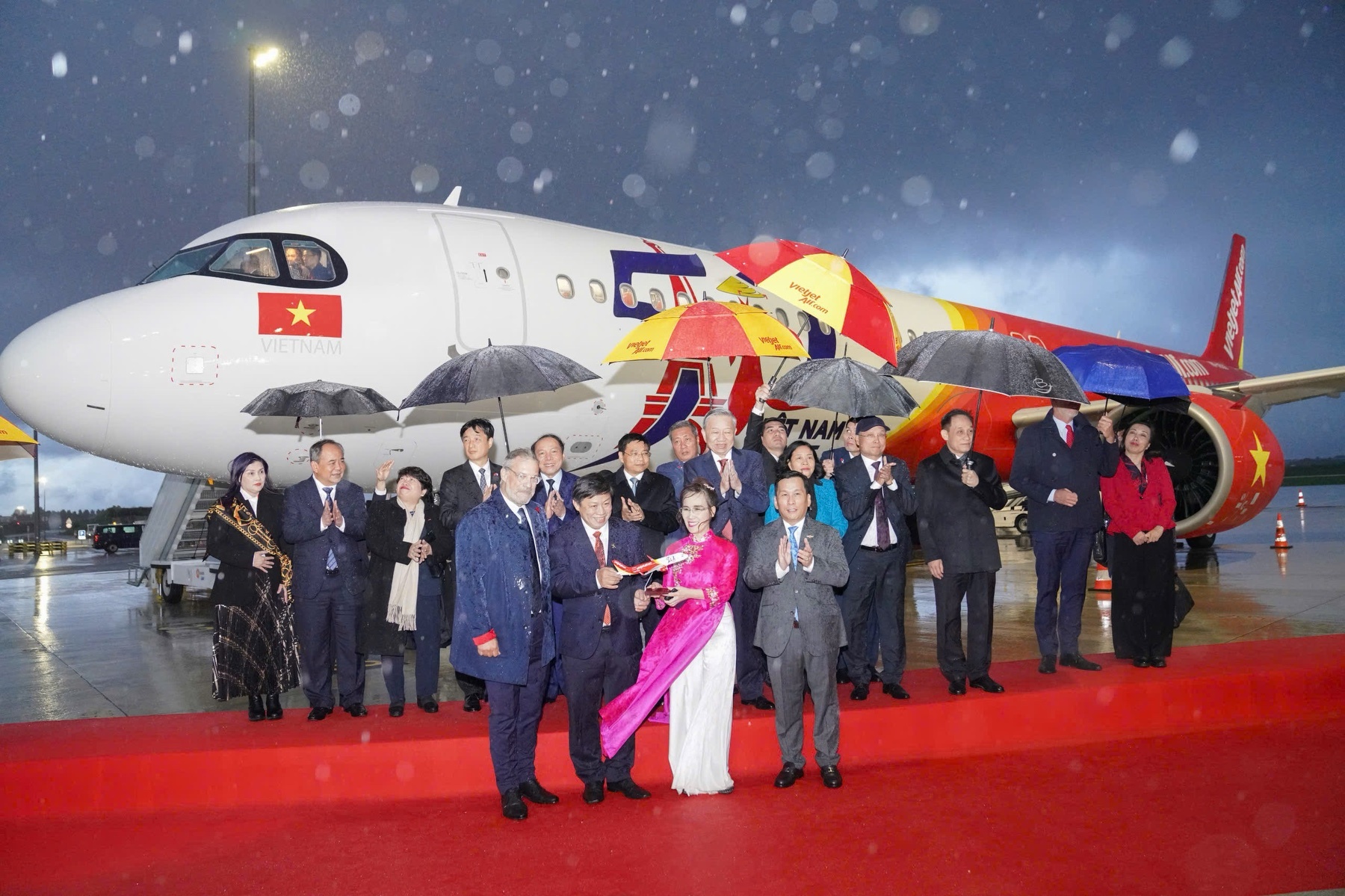
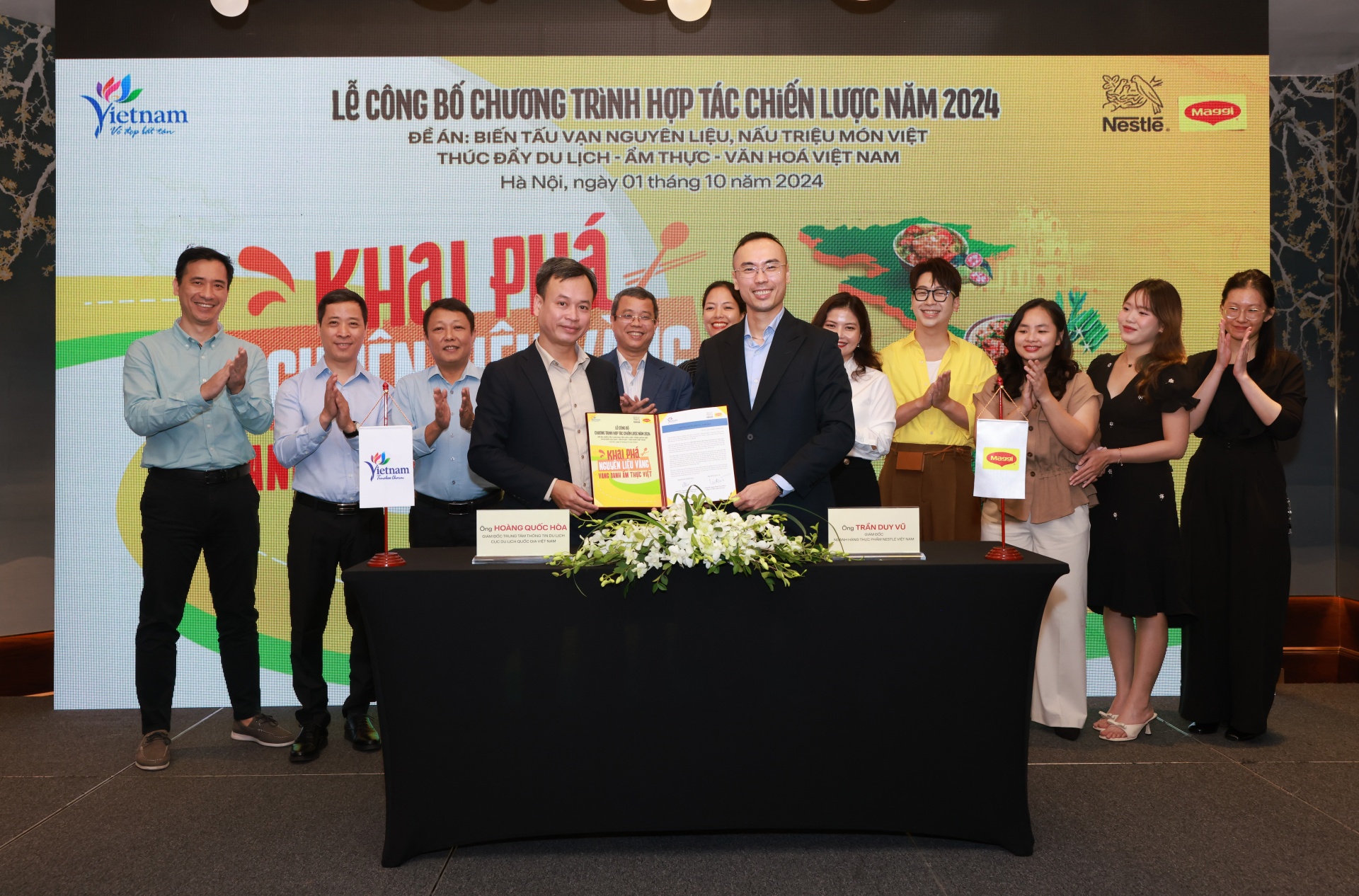
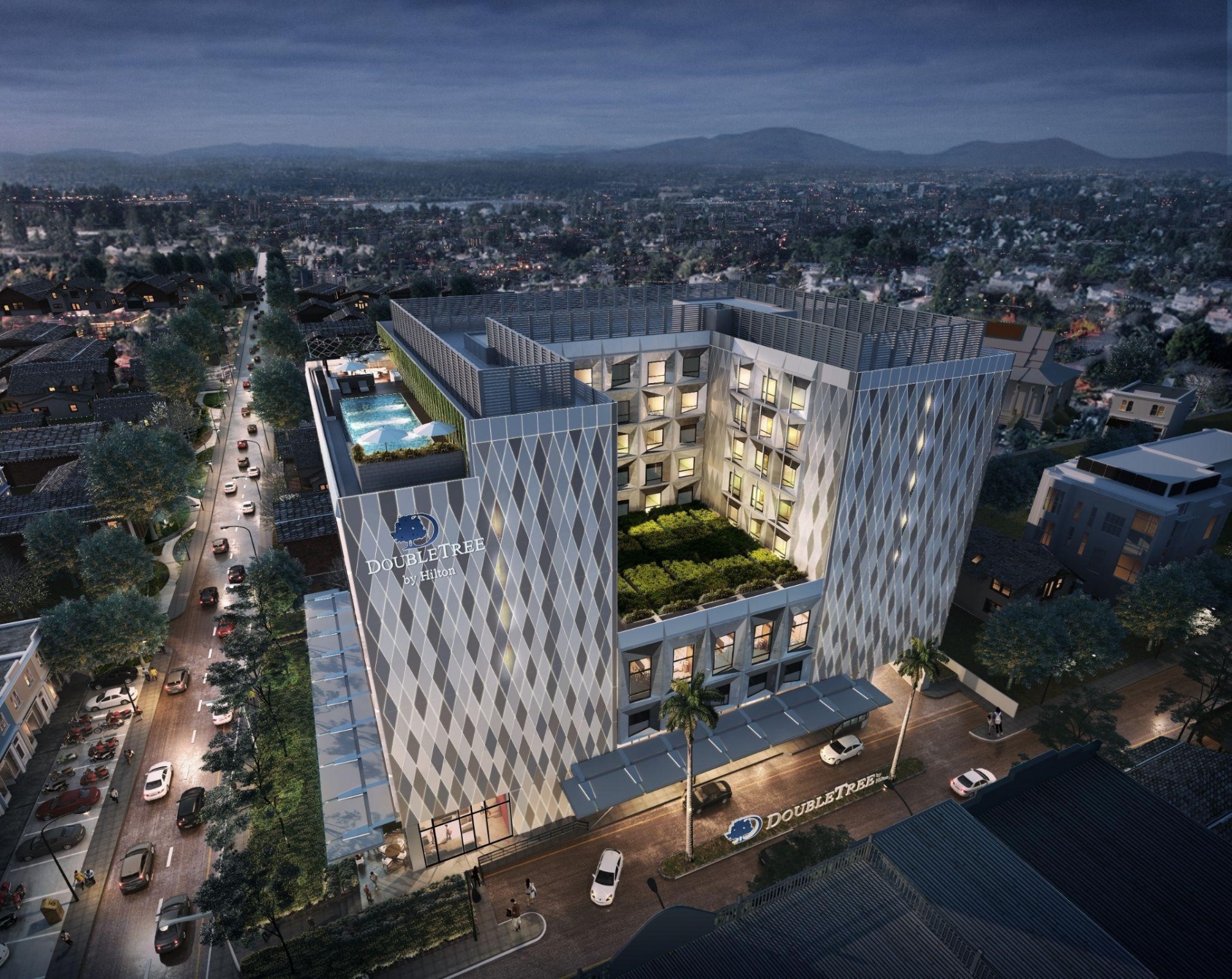
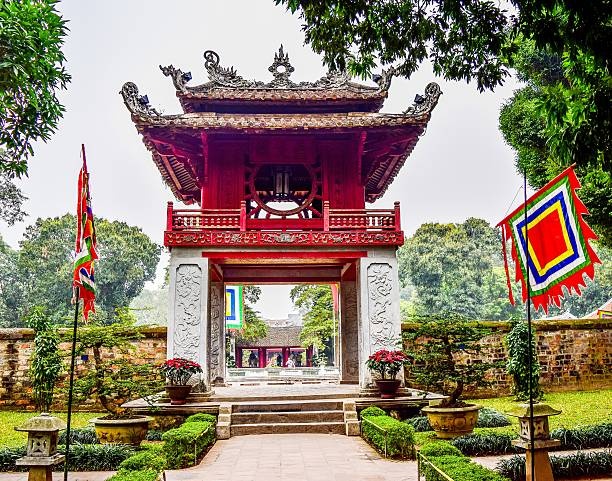
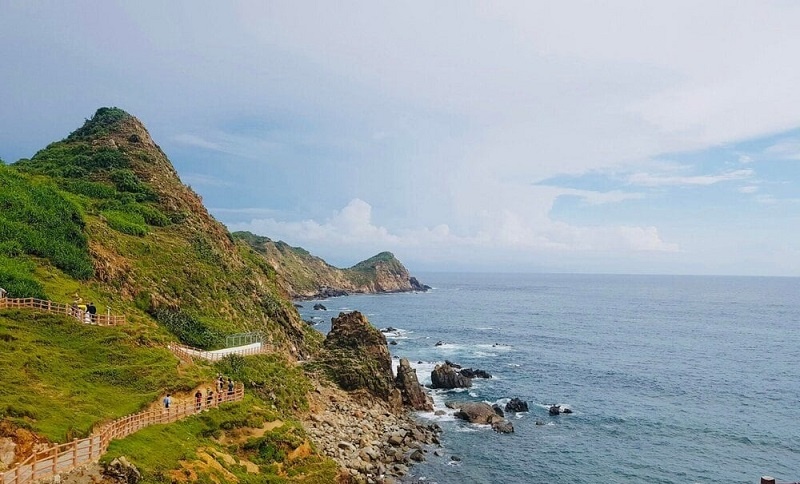
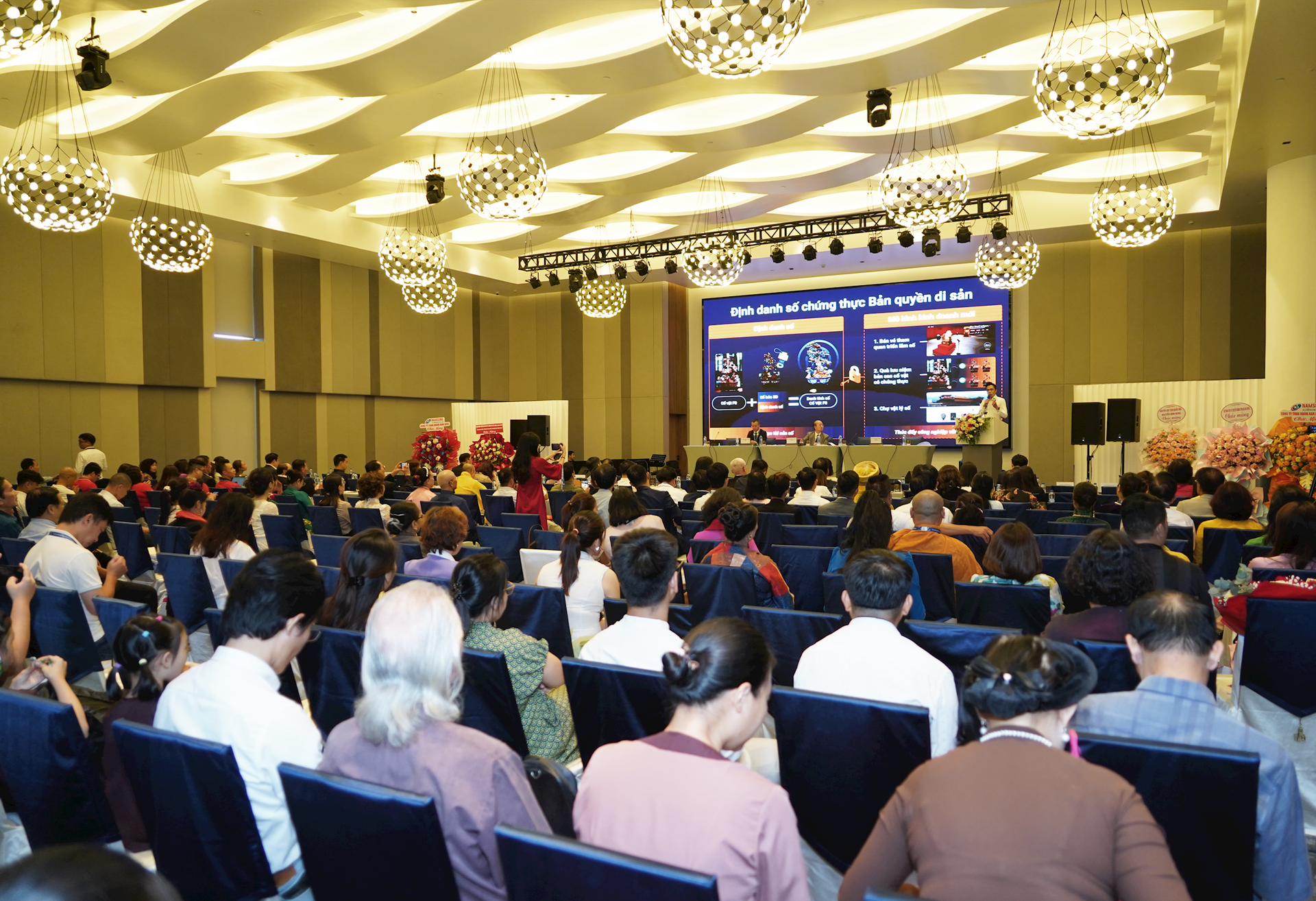




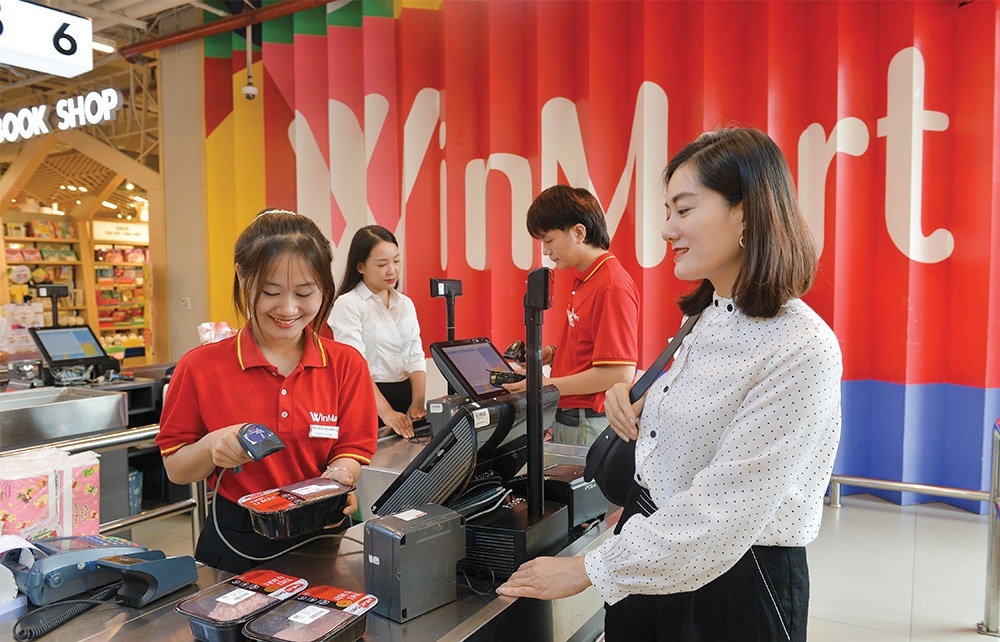

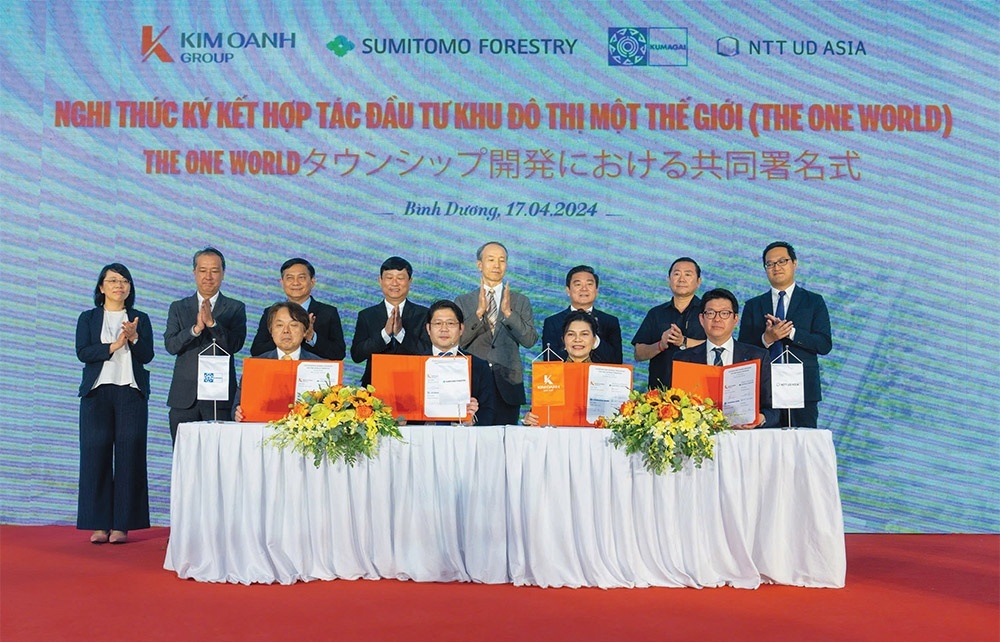



 Mobile Version
Mobile Version